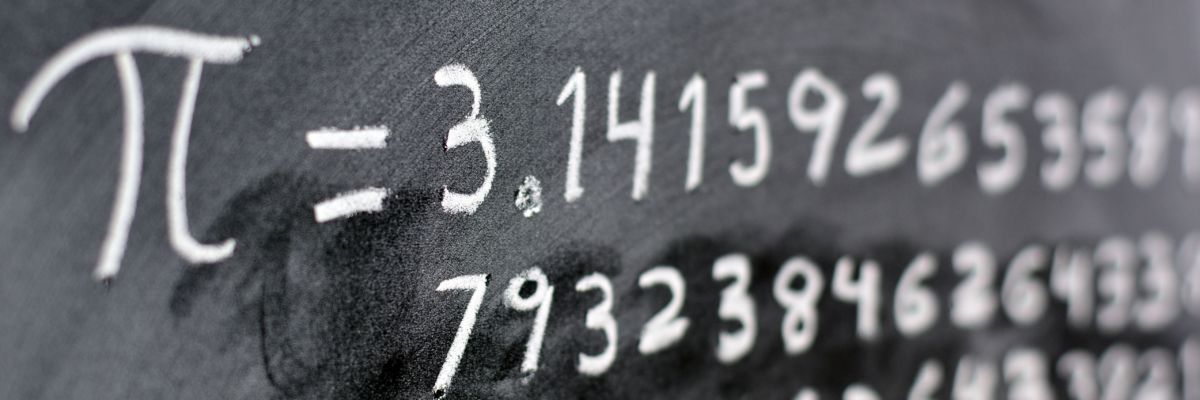
DAY 197
CHALLENGE
“Solomon’s temple held a metal basin or ‘sea’ used for ceremonial washings. According to Scripture, it was ten cubits across and ‘a line of thirty cubits measured its circumference’ (1 Kings 7:23; 2 Chron. 4:2). This implies that the value of π (pi) is 3, but that is incorrect. We know that π is an irrational number slightly greater than 3.14159.”
DEFENSE
Thank you, Mr. Spock. This confuses an approximation with an error.
If the sea was exactly ten cubits across then it would have a radius (r) of 5 cubits, and if it were perfectly circular then its circumference (C) would be just over 31.4159 cubits, according to the formula for the circumference of a circle, C=2πr.
How are we to account for the difference of just over 1.4 cubits be- tween the biblical and predicted values?
Some note that the Bible says the sea had a curved rim (1 Kings 7:26; 2 Chron. 4:5). Second-century mathematician Rabbi Nehemiah pro- posed the difference is because the sea’s circumference was measured around the inside of the rim while the diameter was measured from the outside of the rim (see Petr Beckmann, A History of Pi, chapter 7).
This is possible, but there is a simpler solution: We are dealing with approximations.
The cubit (the length from a man’s elbow to middle fingertip) is itself an approximation. So were most ancient measurements. If the circumference of the sea were exactly 30 cubits and its diameter thus turned out to be 9.5493 cubits, the ancient writer would have simply rounded to 10. Most likely, both the diameter and circumference are rounded, approximate values.
Then there is the problem of doing the measurement. The reference to a measuring line suggests someone measured it using a line, but did they get the line to fit the rim exactly? If they had men holding the line at points around the rim, it likely would not have fit exactly, resulting in an approximate measurement. Further, we’re assuming the sea was perfectly circular, which it may not have been.
Ultimately, since π is an irrational number, everything using it must involve an approximation. The biblical author has simply chosen a different level of approximation than the modern critic. The fact that the biblical author’s math works within the level of approximation he selects shows he is giving an honest and accurate report.



